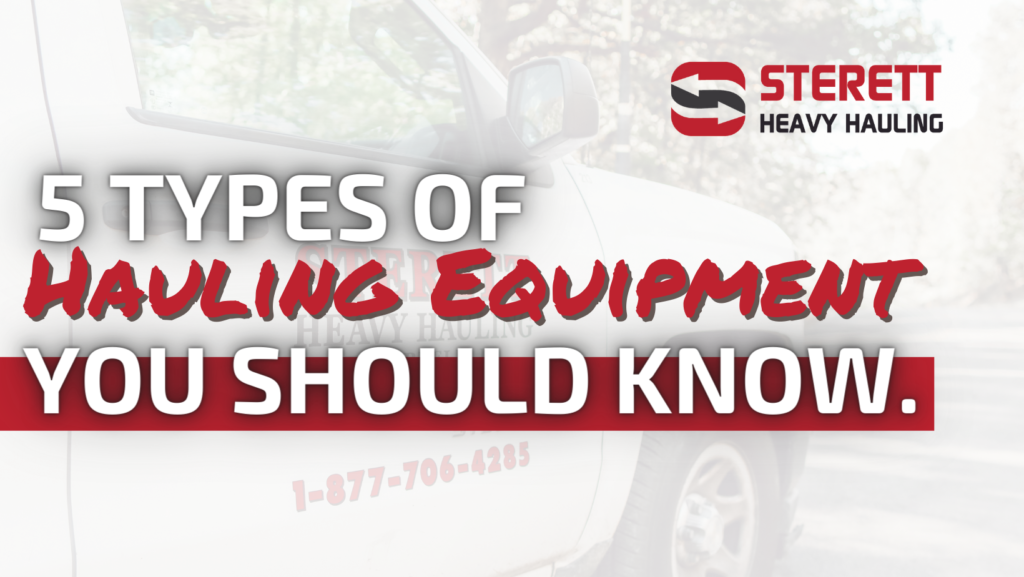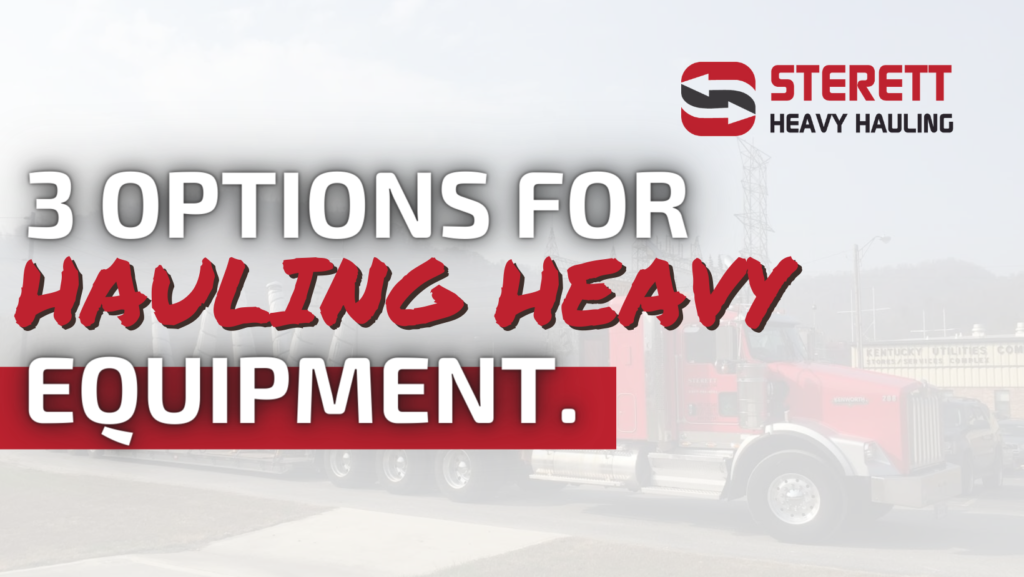Hiring the right heavy haul services can make a world of difference in the efficiency of transporting construction equipment from one job site to another. From hauling industrial machinery, large-scale construction materials, down to military equipment, heavy haul trucking is a necessary service when dealing with massive load sizes.
After all, the process doesn’t just involve moving large loads from one site to the next. It includes special attention to many details, along with the need to have special training, permission, permits, and expertise to ensure a smooth ride from point A to point B.
What is Heavy Haul Freight?
By definition, the term ‘heavy haul’ in freight services refers to a shipment that carries loads that are larger and wider than the standard guidelines for legal dimensions. This includes the width, height, and length of the material, in which case, you will need to use the right overweight trucking shipment that can transport the load.
In addition to the proper truck, it also comes with special permits as each state has different regulations for heavy haul shipments set by the federal government. Fortunately, there are general details that are universally accepted.
For instance, materials require heavy haul services if it exceeds the following:
- Width of 8.6 feet
- Height of 13.6 feet
- Length of 48 to 53 feet
- The gross weight of 80,000 pounds
Be sure to verify the requirements with your state to ensure you stay in line with the appropriate specific guidelines.
Understanding Axel Restrictions
The weight limitations set on heavy haul shipments are based on axel restrictions. It originated back in the 1950s and ‘60s, wherein regulations were set to protect bridges from the heavy and large load shipments that were emerging left and right.
Since the bridges back then could only support limited weights, the solution was to provide restrictions by creating a weight-to-length ration of a vehicle when crossing a bridge. In recent times, the weight limitations set by federal law includes the following:
- Steer axels may carry no more than 12,000 pounds
- Single axels may carry no more than 20,000 pounds
- Drive axels may carry no more than 34,000 pounds
- Tandem axels may carry no more than 34,000 pounds
If the cargo still exceeds the standard weight limitations, adding more axels to the special heavy haul equipment is necessary.
Getting Permit Requirements
Before setting out on the road, heavy haul freight requires appropriate documentation and permits, which are issued on a per-shipment basis. Other restrictions may also apply, such as the following:
- The time allowed to travel
- Seasonal travel restrictions
- Holiday and weekend restrictions
- Operating hours in which to transport
Be sure to check with your heavy haul service provider first to verify your state’s guidelines when acquiring permits for your shipment.
The Bottom Line
Transporting heavy equipment – be it industrial machinery, construction tools, or any other materials that go beyond the standard guidelines for shipments require special handling, route planning, and expertise to ensure the transportation process arrives at its destination as smoothly as possible.
We’re a specialized heavy hauling company in Jacksonville, get in touch with us today to see how we can help.



